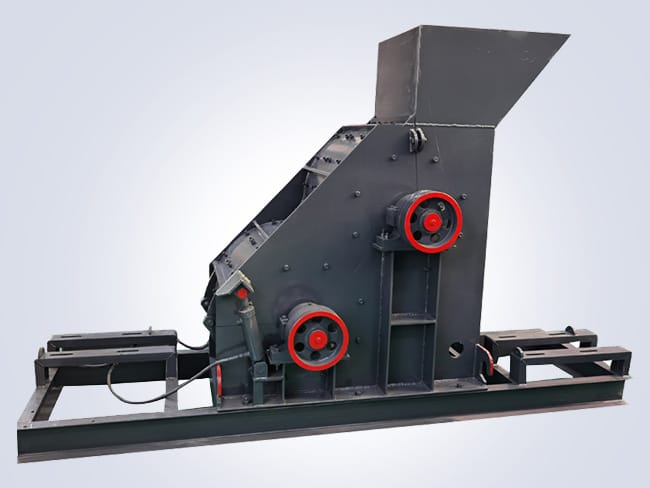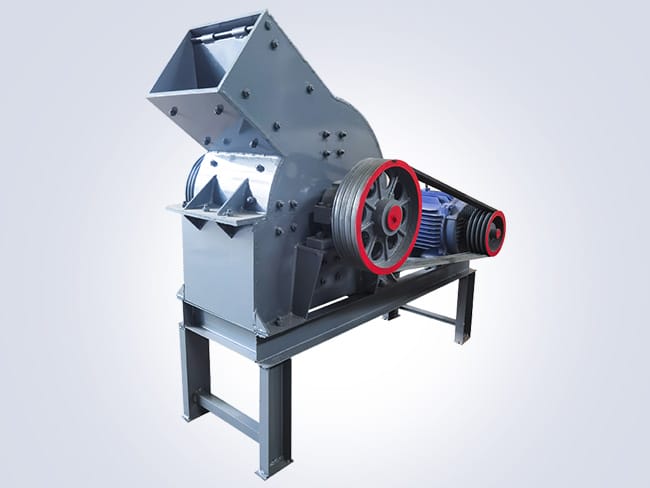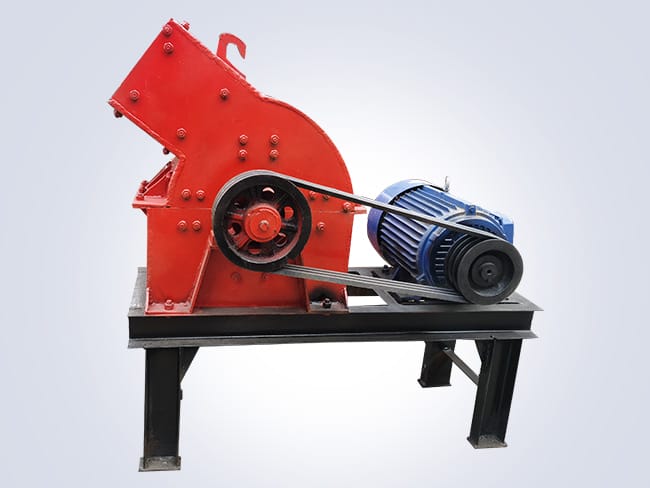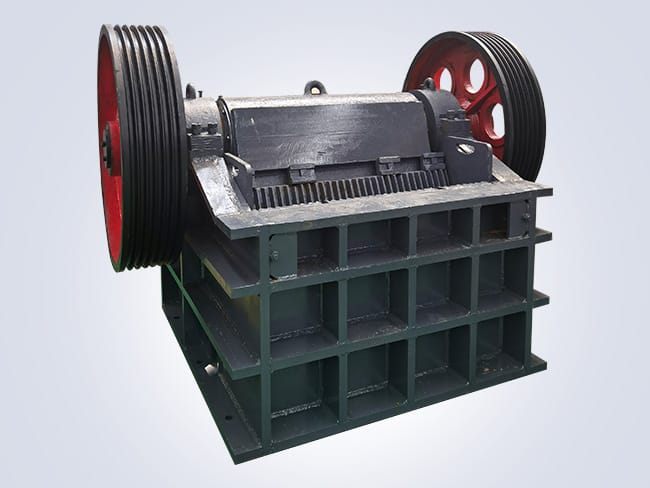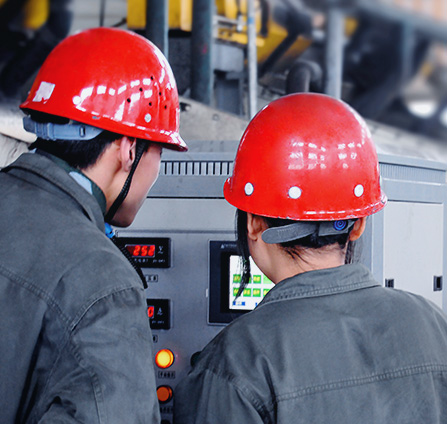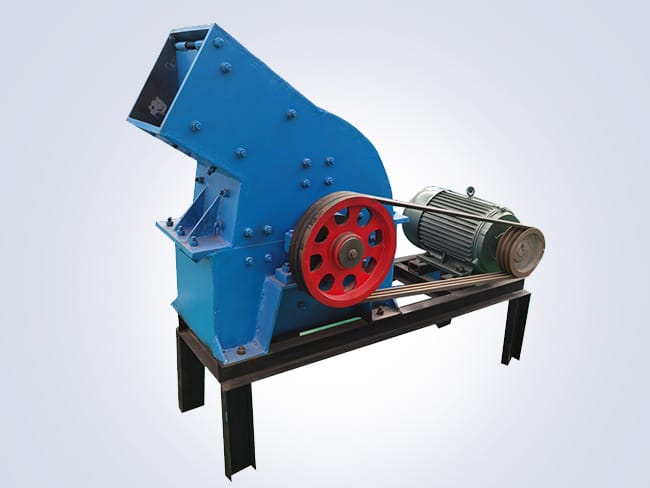
The hammer crusher is a common crushing equipment widely used in cement, chemical, electric power. Metallurgical industries for medium and fine crushing of materials with medium hardness. It occupies a significant position among many crushers due to its high crushing efficiency and relatively simple structure.
Development and Improvement of Hammer Crusher
The working principle of the hammer crusher mainly utilizes the high-speed rotating hammerhead to impact and crush the materials. After entering the crushing chamber, the materials are crushed by the striking of the high-speed rotating hammerhead, the counterattack of the impact plate, and the mutual collision between materials. According to the number of rotors, the equipment can be divided into single rotor and double rotor types. The single rotor can further be classified into reversible and non-reversible types.
In recent years, with the progress of industrial technology and changes in market demand, this equipment has been continuously developed and improved. For example, Wei Zonghui proposed an improved design for the traditional hammer crusher to address existing issues. The improved crusher has shown longer service life and higher efficiency in practical applications.
Although the hammer crusher has high crushing efficiency and a wide range of applications, it also has some drawbacks. Parts like hammerheads, grates, and liners wear out quickly when crushing harder materials, limiting its application in processing high-hardness materials. Additionally, the crushing effect may be affected when the material’s moisture content is high.
To enhance the performance of the hammer crusher, researchers continuously explore new materials and technologies to improve its wear resistance and extend its service life. In the future, with the application of more innovative technologies, this equipment is expected to make greater progress in improving energy efficiency, reducing energy consumption, and improving working conditions.




